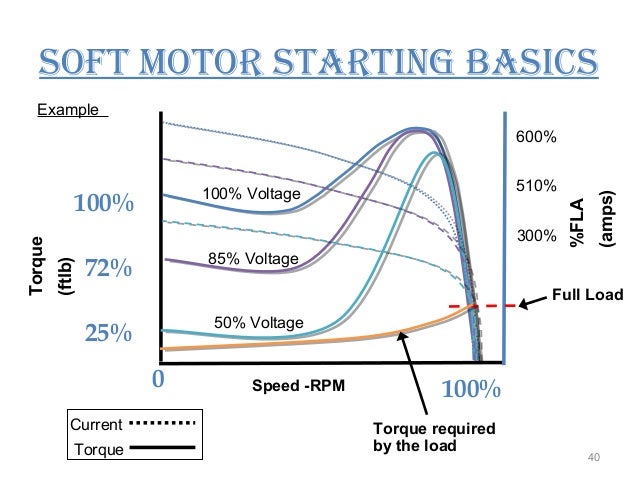PoliPoliCarps
Electrical
Hello.
I computed my system
From 3.3kV/400V IT System, 50Hz,
Length is 100 mts from Transformer to Main CB of LV Switchgear
Length is 50 mts from Protection Devices to Motor Loads
It calculates the voltage drop but is too high around 17%
Requirement Voltage drop should be atleast 10% only.
I used EPR type of Cable for Mining
Please help me reduce voltage drop
Thank you
I computed my system
From 3.3kV/400V IT System, 50Hz,
Length is 100 mts from Transformer to Main CB of LV Switchgear
Length is 50 mts from Protection Devices to Motor Loads
It calculates the voltage drop but is too high around 17%
Requirement Voltage drop should be atleast 10% only.
I used EPR type of Cable for Mining
Please help me reduce voltage drop
Thank you

